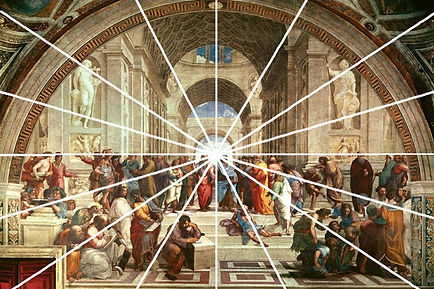
Develop a longer project
Once you have some experience in drawing you may want to take it further and develop a longer project.

Choose a theme
Here are some themes you might conisder:
-
Memory - think of a time you felt safe and happy. Think back to the images, sounds, smells and textures.
-
Order and chaos. The world is messy, we try to bring order. Think of how this works for you. What images, sounds, smells and textures does this idea bring up?
-
Self-portrait with clues. If you had to choose 5 objects to represent you, what would they be? Make a self-portrait with objects to give clues about who you are.
Step 1 mood board
-
Start sketching.
-
Explore your theme through mark-making.
-
Capture the image, smells, sounds and textures from this memory.
-
Make a series of drawings to explore without a plan.
-
Experiment with a range of different materials and styles
STEP 2
Start drawing out a composition. This is like a map of how your picture will look.
-
What story do you want to tell?
-
Abstract or figurative?
-
What feeling do you want to evoke?
-
What Materials will best express your message?
-
You can make several thumbnails to try out different compositions.
Pablo Picasso 'Les Desmoiselles d'Avignon' 1907 with preliminary sketches





Some ideas on composition:
-
Base your composition around a strong, simple shape such as a triangle.
-
Use 'the Golden Section' or 'the Golden Ratio'- the exact measurement is 1.618, which is roughly the same as having a strong marker one third or two thirds across the page.
-
Think about how your eye moves around the image. What draws you to look at it first? Where is your eye drawn next?




More tips for composition
-
Think about perspective.
-
You can draw rough lines of perspective to work out how big things should be, the angles of your lines.
-
As a general rule, things in the foreground are darker and things in the background are lighter and tend to be more blue in hue.






STEP 3
-
Using your composition and preliminary sketches as a foundation and inspiration to complete your work.

